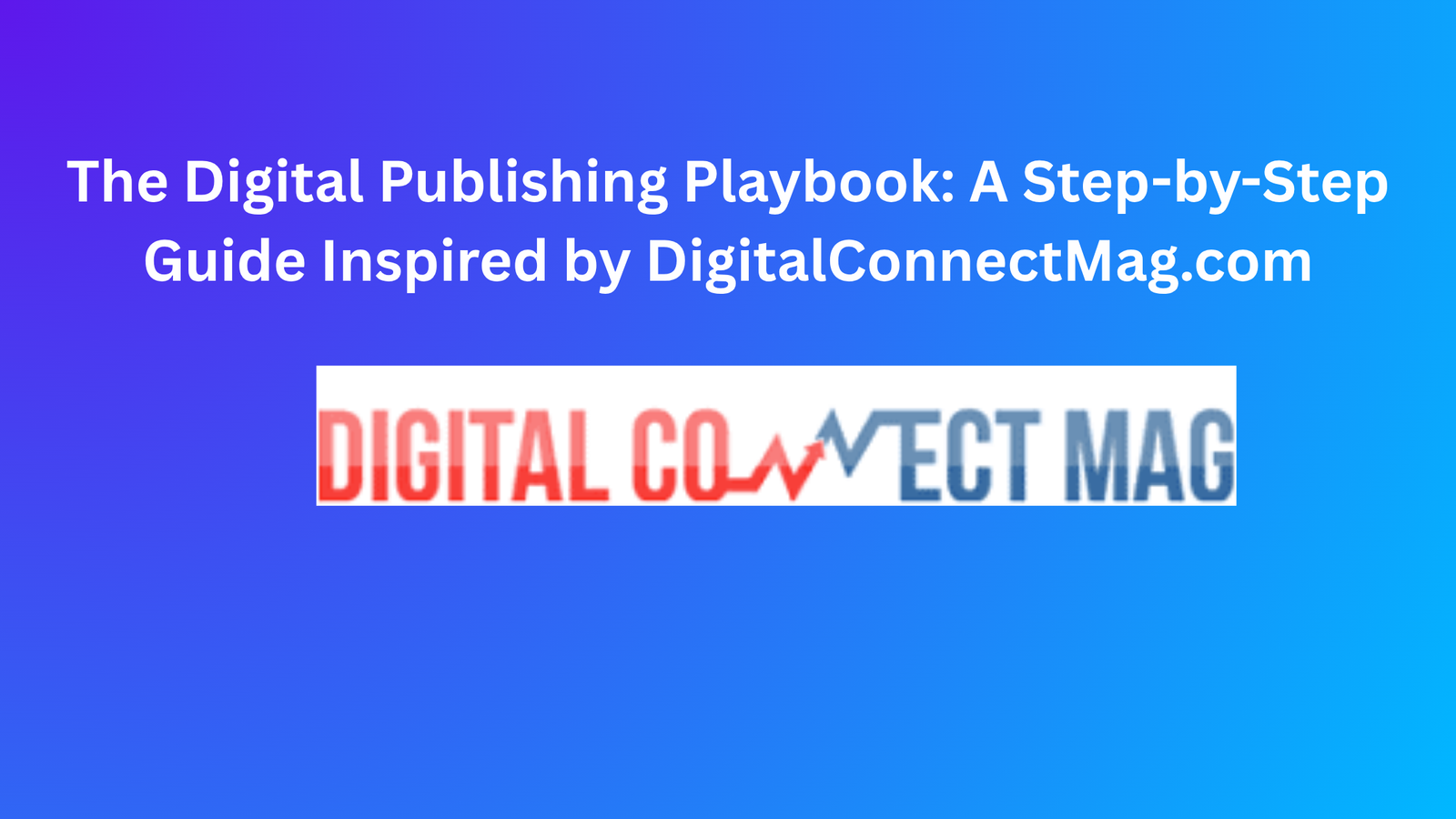In the digital publishing sector, uploading material and counting on clicks is no longer the only alternative. The keys to success today are knowing your audience, meeting their needs, and purposefully producing material that offers value, yet still being flexible.
Inspired by the guidelines followed by websites like DigitalConnectMag.com, this article analyses the changing standards of digital publishing and offers recommendations on how to implement them.
-
Start with the intention of the user
The first move toward creating excellent content is a clear aim. Today’s publishers need to inquire about the issue this material is tackling. Providing step-by-step directions, comparisons, or actual answers to typical issues, articles should target specific needs. Intentional publishing guarantees that the material is relevant and audience engagement is enhanced.
-
Develop evergreen modular material
One of the main assets, known as evergreen content, is timeless and pertinent knowledge. Modular components like FAQs, tutorials, and lists let publishers quickly alter individual components without having to redo whole papers. Apart from reducing time, this keeps the material vibrant and search results competitive.
-
Constantly seek improvement by using data
Writing is not a one-time occurrence. To find out what works, efficient platforms track metrics including bounce rate, search performance, and time on page. Editors can refine the material, enhance clarity, or expand on topics that readers highlight or revisit thanks to the regular updates given by this information.
-
Be straightforward to foster trust.
Readers today are very aware of marketing content. If monetisation includes affiliate links or partnerships, make this clear. Steer clear of clickbait; focus on the facts; keep a helpful and businesslike attitude. Establishing long-term trust is more advantageous than seeing temporary surges in traffic.
-
Think about Learning Pathways
Consider how your material builds a trip instead of only publishing separate pieces. Regardless of whether someone is establishing a small business, developing a safe network, or choosing fresh software, content should grow progressively from beginner to expert level. Creating linked manuals helps readers as well as prolongs their stay on the website.
-
Start with search optimisation
Largely digital material must be made as easily accessible as possible. Articles need apparent headings, organised around real search questions, summaries, bullet points, and improved metadata to reach this goal. An equal focus on mobile responsiveness and fast load times helps to satisfy user expectations.
-
Address a global audience
Choose clear, easy-to-grasp language. Consider readers from many countries and backgrounds; resist local slang; and define technical vocabulary. Particularly for non-native speakers or those who use translation programs, this helps to clarify reach and improves knowledge.
-
Welcome to the appropriate editorial policies
Contemporary publishers combine technological and creative writing. Using tools to assist with topic research, outline construction, and SEO optimisation will help the production process be more effective. Still, preserving authenticity and quality calls for human editing and new angles of view.
-
Look beyond articles
Publishers are designing ecosystems with mini-courses, checklists, calculators, downloadable templates, and newsletters; thus, digital publishing is not only confined to blog posts. These enhancements help in monetisation, boost user engagement, and turn sporadic readers into loyal audiences.
While this article serves as the basic foundation, you can also use the website Allinsider to understand and gather more information about the same.
